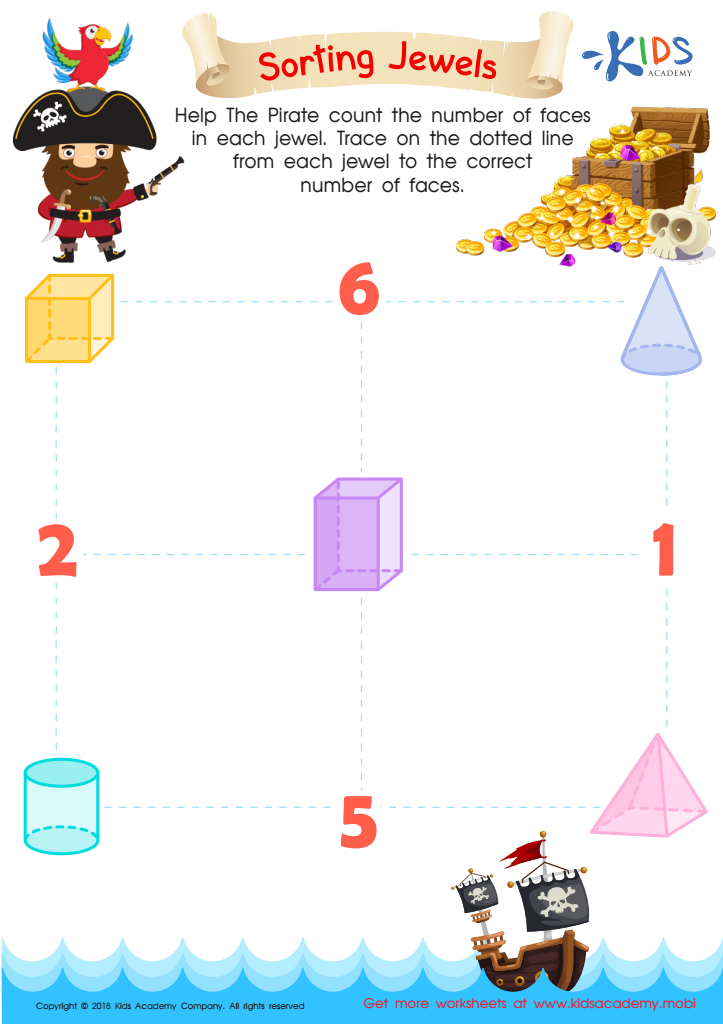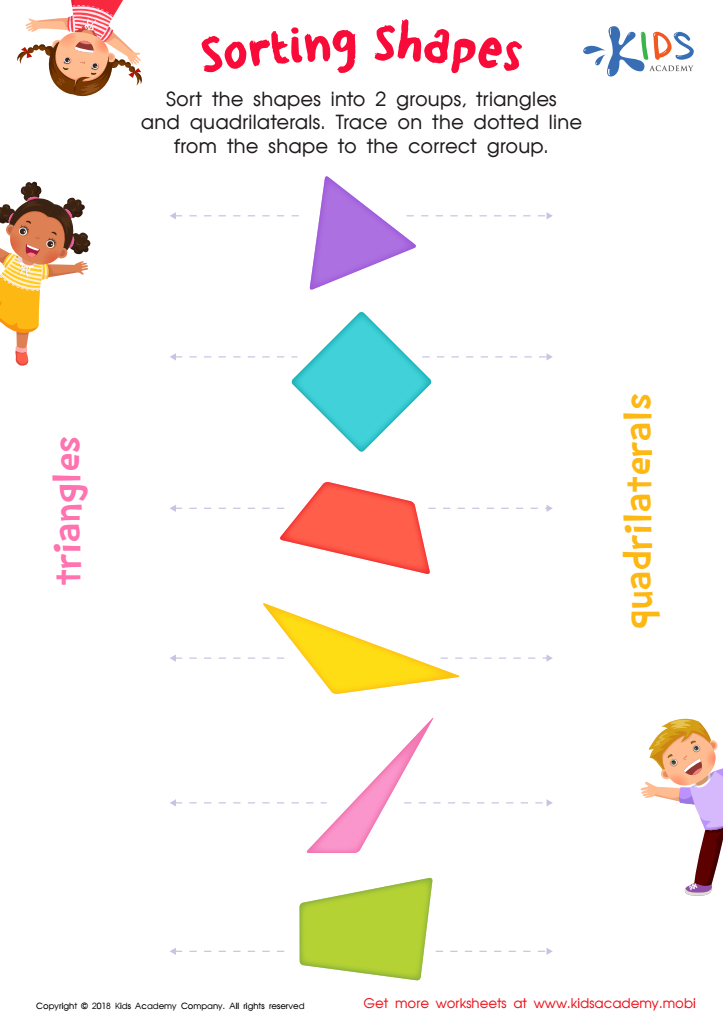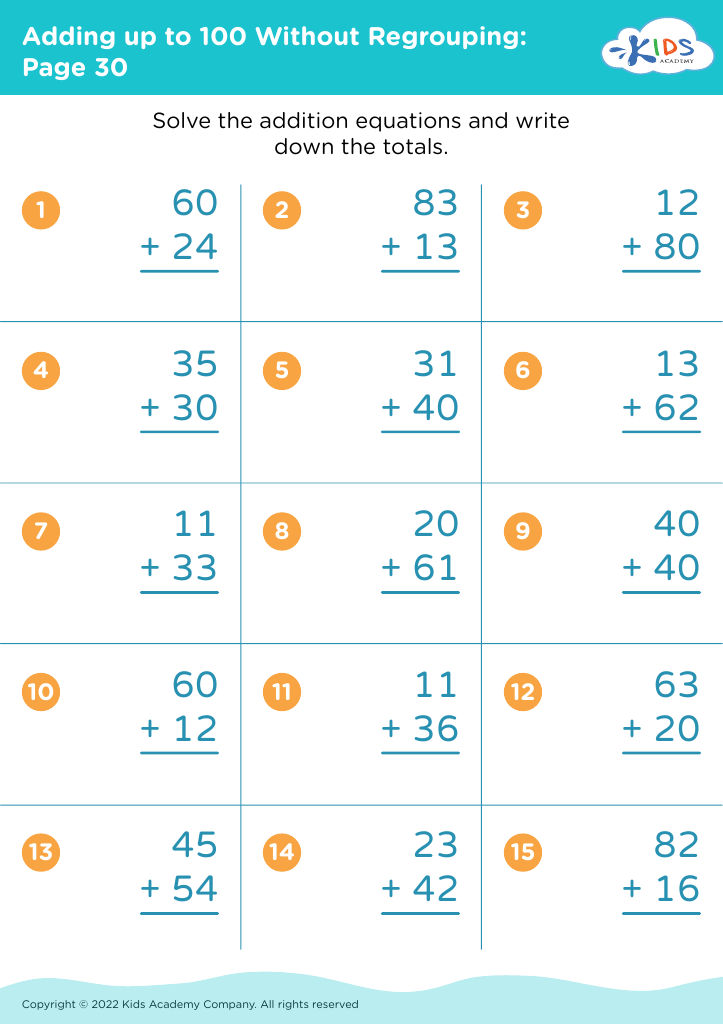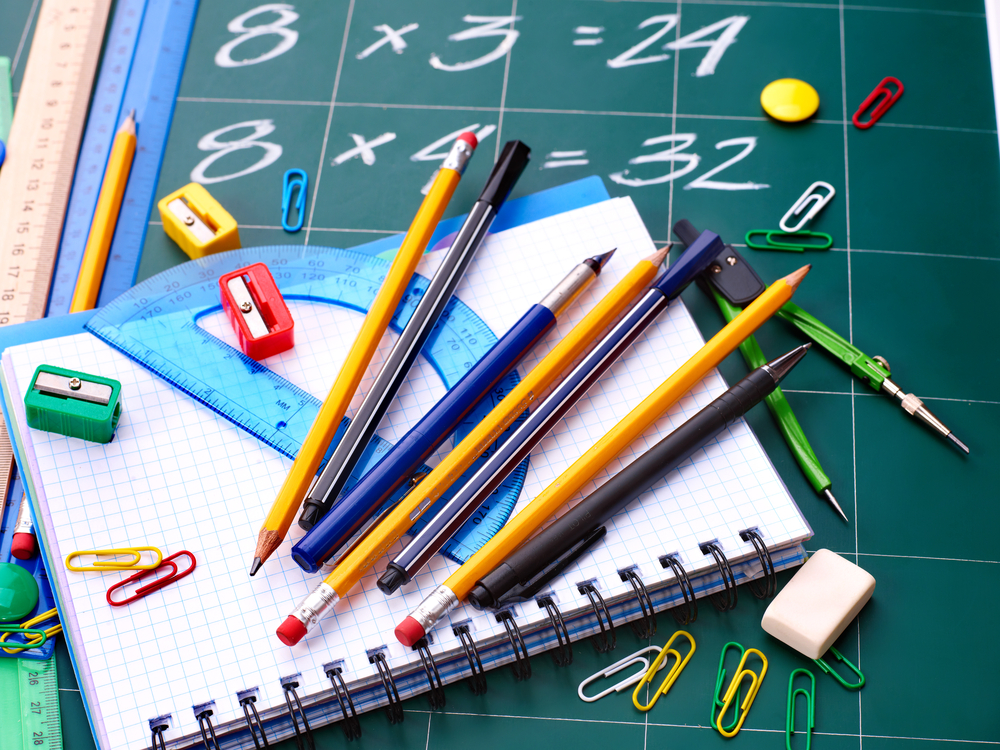Sorting skills Math Worksheets for Ages 7-8
6 filtered results
-
From - To
Discover our engaging Sorting Skills Math Worksheets designed specifically for children ages 7-8! These fun and interactive worksheets help young learners develop critical sorting and categorization skills through a variety of colorful activities. By sorting objects, numbers, and shapes, kids will strengthen their understanding of relationships and patterns, building a solid foundation for future math concepts. Our worksheets align with educational standards and are perfect for classroom use or home learning. Easy to print and use, each activity encourages kids to think creatively while enhancing their analytical skills. Dive into the world of sorting and make math an enjoyable experience!


Sorting Jewels Worksheet


Dinner Shapes: Making a Whole Worksheet


Sorting Shapes Worksheet


Shape Sorter Worksheet
Sorting skills are fundamental for children aged 7-8, and both parents and teachers should recognize their significance in early math education. At this developmental stage, children learn to classify and sort objects based on various attributes, such as size, shape, color, or function. These activities not only enhance cognitive development but also lay the groundwork for critical mathematical concepts, such as categorization and pattern recognition.
Sorting helps children develop logical reasoning, allowing them to form connections between objects based on their characteristics. This is a precursor to more advanced skills, including addition and subtraction, where grouping numbers becomes crucial. Furthermore, sorting fosters organizational skills, teaching children to categorize information systematically, which is vital for problem-solving.
Additionally, sorting activities promote language development. As children describe their sorting criteria, they enrich their vocabulary and communication skills. Parents and teachers can easily incorporate sorting tasks into everyday activities, both in the classroom and at home, making learning fun and engaging.
Ultimately, reinforcing sorting skills helps establish a solid mathematical foundation, enhancing future learning and supporting academic success. Therefore, parents and educators should actively engage in promoting these skills, recognizing their long-term benefits in a child's educational journey.
 Assign to My Students
Assign to My Students























